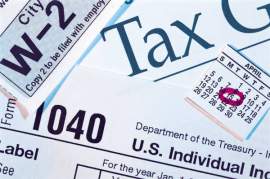
The Truth about Tariffs

A tariff is a tax that is placed on goods that are being imported into a nation. In some instances, tariffs can also be placed on exports, but this is a less frequent occurrence. Tariffs are still in place today, though they do not hold the same bearing that they once did regarding the nations and trade.
In a time when trade was the primary source of business between nations, tariffs were essential for the government, in order to be able to gain revenue and permit safe passage of imported goods into the country. However, there were, and still are individuals who seek to elude the occurrence of tariffs or taxes.
There are many different kinds of tariffs that can be imposed on imported goods. Tariffs are often dependent upon the current economic market, inflation, and the necessity of the revenue that will be made by these imported goods. There are two main types of tariffs that are imposed regarding imports; these are a specific tariff and a revenue tariff.
A specific tariff is when the government puts a set, or specific amount for a tariff; this means that all imports, regardless of what they are or how diverse, all have the same amount charged to them. This is beneficial when it comes to consistency for the market, regarding what items are charged, however it can be detrimental due to the fluctuation of inflation.
A revenue tariff is a tariff that is placed on goods that are not domestically grown or accessible. Often, these goods come with varying rates, dependent upon what type of good they are. However, the revenue tariff is important for generating cash flow, because the goods can be provides and are sought after multiple times.
NEXT: Understanding the Purpose of the Tariff Code





















